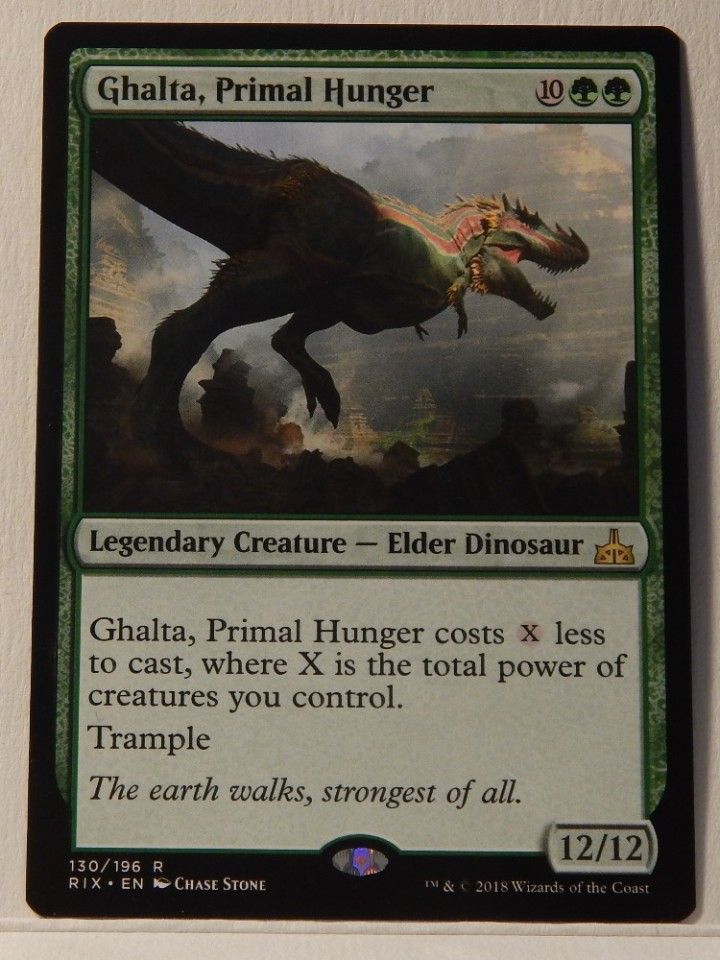

It’s got some free features, which is nice, but there’s a lack of variety when compared to other sites. What was once a site for primers and deck guides is now a shadow of its former self, fading into obscurity as other sites let their users do the same things that TappedOut was once famous for. I’ve been using TappedOut since I started playing Magic, but this builder’s UI is just lacking in the modern age.
Other features to note: Linked to forum.Īhh… TappedOut. So, with all that being said, let’s take a look at all of the top deck builders I’ve shortlisted! #5: TappedOut Bonus points for the visual appeal/aesthetic, prices, sorting options, and playtesting. Modernism: Things need to look modern, not like it’s from the last century. Free features: The more free features, the better!. UI Design: The deck builder has to look appealing and be responsive and fast enough to not be a hindrance. Intuitiveness: The deck builder has to be easy to understand and simple to use at a base level while allowing more experienced users to take advantage of advanced features. With these deck builders, I’m looking for a few different things. I put each one through the test of four formats: Modern, Draft, Commander, and Penny Dreadful, each format being different in its own way and having different requirements. When I was sent on this quest, I first decided to just use all of the deck builders I could find in my day-to-day Magic work. On to the nitty gritty… What We’re Looking For: The Criteria So, if you need to use a deck builder (or a strange voice in the aether asks you for an answer to this question), this is the one I’d recommend. 
It can also be used as a simplistic deck designer and an intricate database for a primer. Why? I’ll go into it later, but for those of you who just want the juicy details, Moxfield has a ton of features and is a really well-designed site.

Now, right off of the bat, I’m going to tell you that Moxfield is the best deck builder. Onward // Victory | Illustration by Grzegorz Rutkowski







 0 kommentar(er)
0 kommentar(er)
